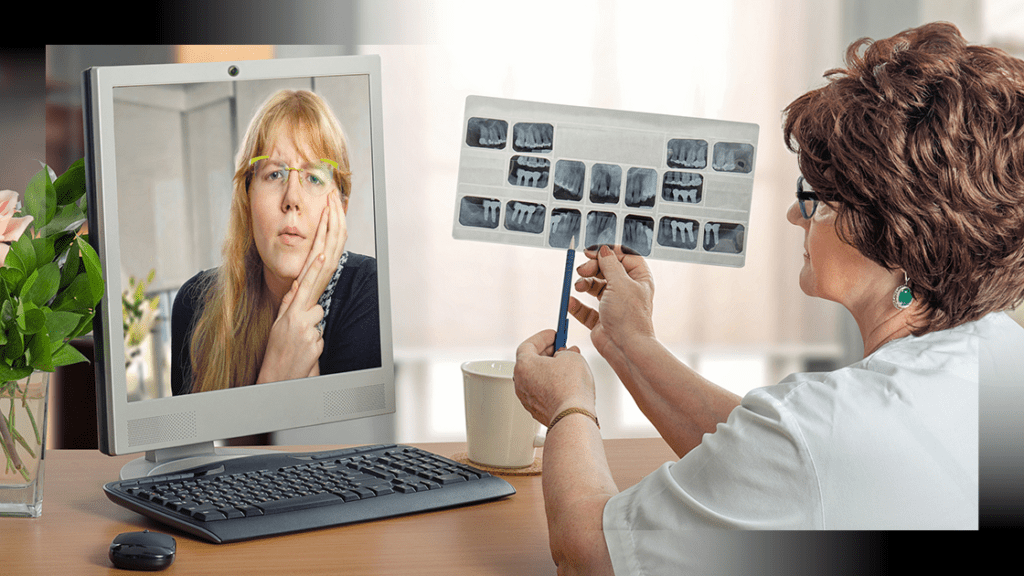
“The evidence supporting the role of telemedicine is strong. Studies have shown that telemedicine promotes continuity of care, decreases the cost of care, and improves patient self-management and overall clinical outcomes… Telemedicine can also help in identifying and preventing treatment-related errors between clinic visits. As one example, a number of studies have shown that medication errors can be significantly reduced by telemedicine.”
Stephen Agboola, MD, with Connected Health, an innovation and IT-focused department of Partners HealthCare
The internet has changed our lives in a multitude of ways. On a daily basis, our ability to communicate, and access information are all made easier by our smartphones, tablets and computers. The medical community has benefitted from the internet via the availability of telehealth tools.
Telehealth was available before the pandemic, and became more prolific as practices such as social distancing became the new normal.
What is telehealth?
Telehealth involves the utilisation of digital information and communication technologies to access health care services in a remote manner. The most frequently utilised form of telehealth involves patients utilising their smart devices to communicate with their health care practitioner, from the comfort of their home. Healthcare access may involve video chat, or can involve a phone call.
Originally developed as an accessibility tool, advantages of telehealth have evolved into the following:
- Enabling health care access for patients in rural communities
- Keeping others safe in instances of the identification of an infectious disease such as COVID-19
- Enabling faster and easier access to primary care. In many instances, primary care often involves a discussion with the doctor. Only in instances when medical tests are required, would a patient go into the doctor’s office.
- Optimise medical access for the physically impaired.
- Minimise patient waiting time.
As a convenience, telehealth utilisation actually peaked during the pandemic, and is now more prevalent as the world returns to normalcy. Via virtual visits, remote care and patient monitoring can be achieved by medical teams.
Remote Monitoring
Smart phones and smart devices are enabling patient care to be optimised, as critical health parameters can be monitored in real time. Wearable bands such as Fitbits can be integrated with smartphones, in order to track critical patient parameters such as activity level, heart rates and blood pressure. Patients can either sync the data to their medical team’s database, or they can upload their information at identified time intervals. Medical apps can send notifications to remind patients to exercise, drink water, and even prepare for sleep.
Medical Information Access
Patients are often transferred from doctor to doctor via referrals. Patient records are important to the healing of a patient. Via the internet and telehealth services, accurate data can be sent between specialists with ease.
Conclusion
As technology advances, its applications permeate all aspects of our lives. Healthcare access via the advent of the internet has helped us immensely. Telehealth makes healthcare more comfortable and convenient. For many patients, doctor visits induce stress in patients. This stress may arise from having to take time off to go to the doctor. Upon arrival at the office, there is often a registration and waiting process. Telehealth eases all of this, and enables a better patient experience. For those patients who are in rural areas, the commute is eliminated. Modern life has inherent benefits, and telehealth is proving to be indispensable.
Article Reference:
[1] Mayo Clinic: https://www.mayoclinic.org/healthy-lifestyle/consumer-health/in-depth/telehealth/art-20044878


